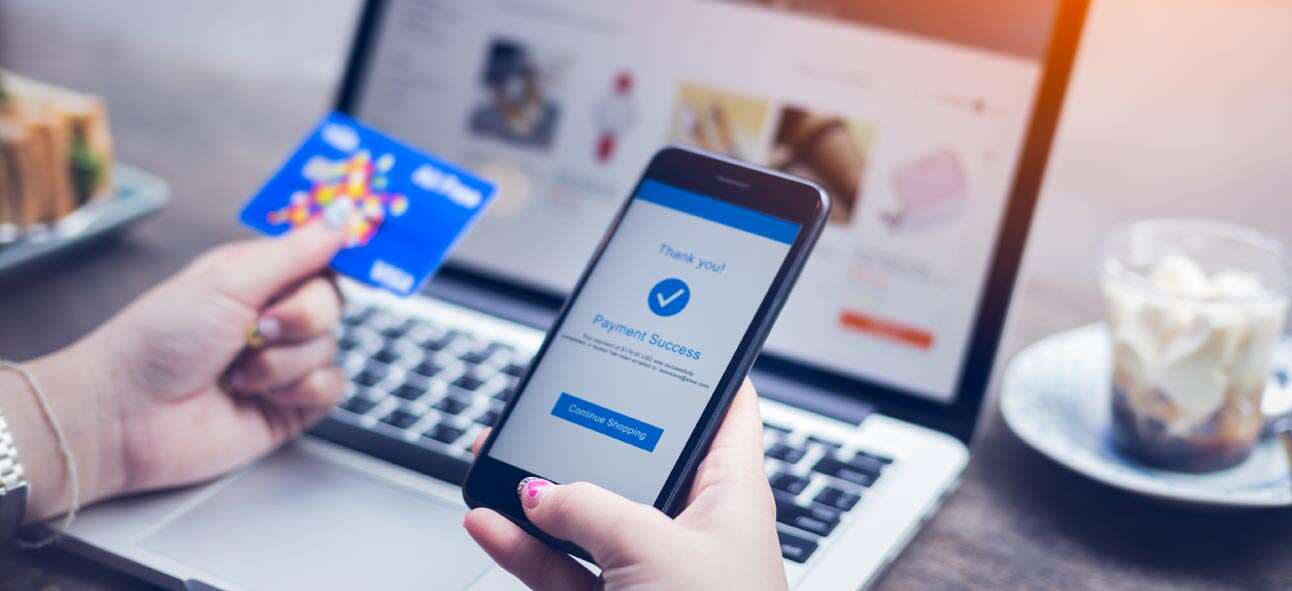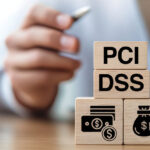Rise of Contactless Payments in Europe
Contactless payments have been on the rise across Europe. According to research from Payments Europe, two in three Europeans are using contactless payments more frequently than before the pandemic and now prefer to buy using this method. Driven by the pandemic and a continual demand for convenience from consumers, contactless payments seem poised for massive growth. And if the latest figures are anything to go by, they are here to stay.
Apparently, in the last 12 months, a quarter (~ eight in ten) of in-store payments across Europe were made using cards. In the Nordic region, eight in ten card payments were contactless in 2021, and over 90% of consumers use such payments regularly.
What makes it all interesting is that two in three users (67% of consumers, 70% of merchants) want this trend to evolve and welcome initiatives that enable this shift. According to Payments Europe research, a majority of European consumers are comfortable with contactless transaction limits of up to €150, 3x the current EU limit of €50.
Echoing this sentiment, the UK increased the contactless limit to £100 from October 2021. In 2020, Germany increased contactless transaction limits from €25 to €50 and saw contactless payment revenues more than double to €97 billion.
What Are Contactless Payments, and How do they Work?
Contactless or Touchless payments are a convenient and super-fast way for consumers to pay for in-store purchases. A customer can make contactless transactions using a debit or credit card, a smartphone, or other smart devices, such as a fitness tracker or a smartwatch.
At checkout, customers wave or tap their card, or smart device, in front of a contactless terminal, and the payment happens automatically. Customers don’t need to enter a PIN to authorize the transaction.
These payments securely transmit information between two devices using Near Field Communication (NFC) or radio frequency identification (RFID) technology. There are several ways how customers can make those payments, such as:
- Debit and credit cards – by far, the most-used method. These cards are similar to regular debit/ credit cards but come with a dual interface, meaning they have an EMV chip and a smart chip embedded in the card. When a customer taps or waves their card close to the contactless point-of-sale terminal, the payment is authorized. If a contactless point-of-sale terminal is unavailable, customers can authenticate the transaction using a PIN.
- Mobile payments using digital wallets – Customers can make touchless payments using digital wallet apps on their smartphones. E-wallets such as Apple Pay, Google Pay, or Samsung Pay use NFC technology that directly communicates with an NFC-enabled contactless POS terminal to make the payments. Customers can also pay with these e-wallets by scanning the merchant QR-code at checkout.
- Smart devices like smartwatches, smart card key fobs, and fitness trackers – Customers can make contactless payments using smart wearable devices that use RFID technology.
Benefits of Contactless Payments
These payments can play an important role as we shift towards a future of contactless commerce. For merchants, the benefits can be many, such as:
- Shorter queues, lesser contact – Contactless checkouts are faster, taking half or lesser time than a traditional credit card. Faster checkouts mean shorter queues, lesser time in-store, and better social distancing. This efficiency and attention to customer satisfaction will make your customers love you, especially in a post-covid world.
- Safer Transactions – These payments work using smart chip technology that is highly secure. During a transaction, a customer’s account info and a one-time code are transmitted wirelessly and securely from the customer’s card or device to the merchant’s reader. The customer’s name, three-digit security code, and billing info like postal code are never transmitted. While transactions within the set limits don’t require a PIN authentication or signature, higher-value transactions require a PIN or biometric authentication. In the event of fraud, zero-liability measures ensure customers do not lose any money. There is no risk to you as the merchant.
- Better customer experience – Contactless payments are quick and efficient, leading to a better customer experience. And with social distancing becoming the norm, in the future, merchants can expect to see more and more customers demand contactless payments. Offering contactless payments is a great way to be seen by your customers as being future-ready and safety conscious.
- No additional cost – You can process contactless payments at the same fees as normal card transactions – no extra cost.
Our verdict: If you wish to make transactions at your store smooth and hassle-free, include contactless payments at checkout. Your customers thank you for it, especially in a post-pandemic world.
How Can Novalnet Help?
As a global PSP, many of Europe’s leading brands trust us with their payments. We can guide you on how to make your payments more efficient. We help you accept payments globally in 125+ currencies in 150+ automated country-specific payment methods. Set up your payments within minutes with minimal coding using our instant payment plug-ins. With our AI-based risk management solutions and advanced analytics, you can design the best payment experiences for your customers, all in a fully secure environment.
Reach out to us to know more about how to use contactless payments to grow your business.

Antony Robinson is an experienced IT expert, information architect and a customer experience evangelist. He has over 30 years of experience in web technologies, user experience, media, and marketing. Antony is currently the CMO of Novalnet AG, a fintech company in Germany. As CMO, he leads the company’s marketing strategy and fosters collaborations. Antony’s expertise and dedication to technology and innovation make him a valuable leader in his field.










